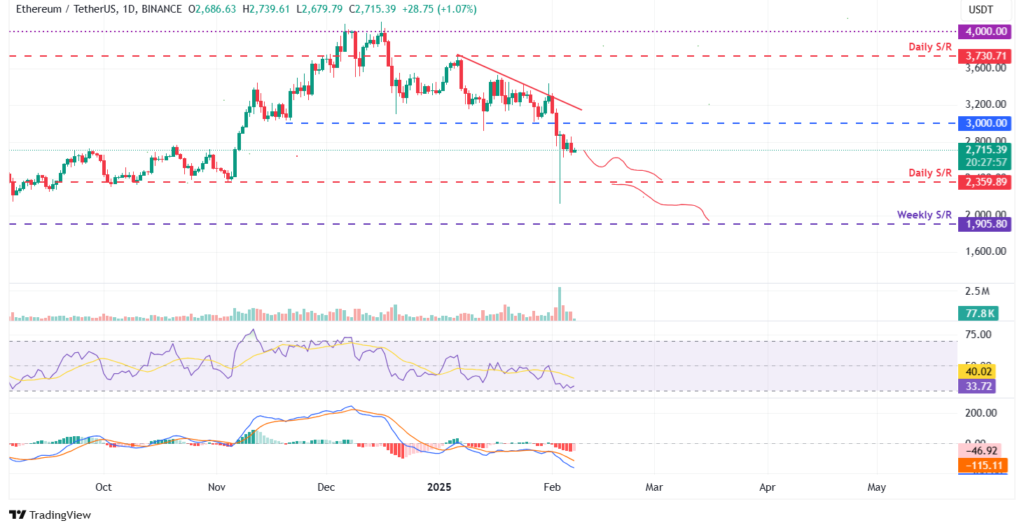The cryptocurrency market remains under pressure, with Bitcoin (BTC), Ethereum (ETH), and Ripple (XRP) facing renewed downside risks as traders react to shifting macroeconomic conditions and weak technical signals. A combination of profit-taking, regulatory uncertainty, and declining risk appetite has weighed on digital assets, raising concerns about further declines.

Bitcoin struggled to hold key support levels, dipping below psychological thresholds as investor sentiment soured. The Federal Reserve’s hawkish stance on interest rates has strengthened the US dollar, making riskier assets like cryptocurrencies less attractive. Additionally, weaker liquidity in the crypto market has exacerbated price swings, leading to sharper declines.

Ethereum followed a similar trajectory, with ETH losing momentum amid slowing network activity and lower institutional inflows. Traders remain cautious as Ethereum’s scalability and gas fees continue to be debated, while recent on-chain data suggests reduced demand for decentralized applications (dApps) and smart contracts.
Ripple’s XRP has struggled to maintain stability, as regulatory pressures surrounding its ongoing SEC case continue to weigh on market sentiment. Despite optimism earlier in the year, XRP has failed to generate sustained bullish momentum, leaving it vulnerable to further downside if broader market conditions worsen.

For now, BTC, ETH, and XRP remain at risk, with technical indicators suggesting further declines unless buyers step in to defend key support levels. Traders will closely watch upcoming economic data releases and regulatory developments, which could determine whether cryptocurrencies see a recovery or extend their losses in the near term.






















